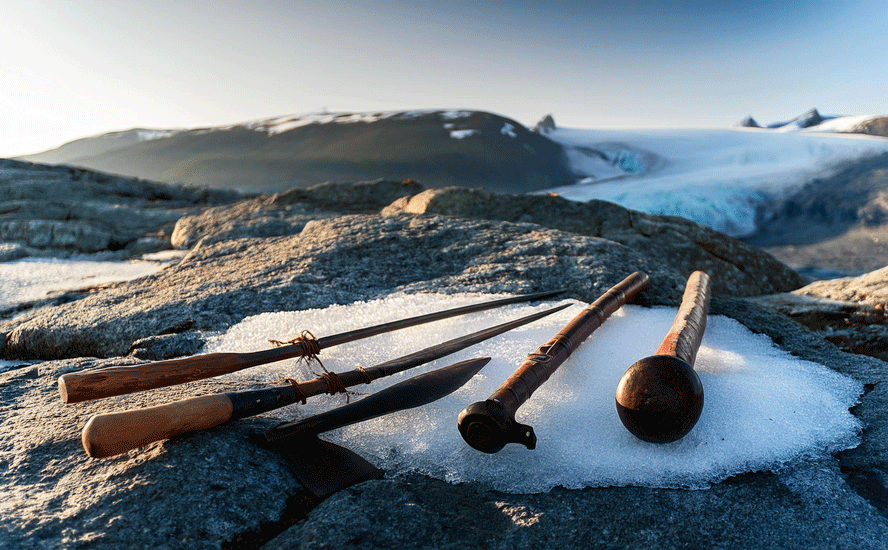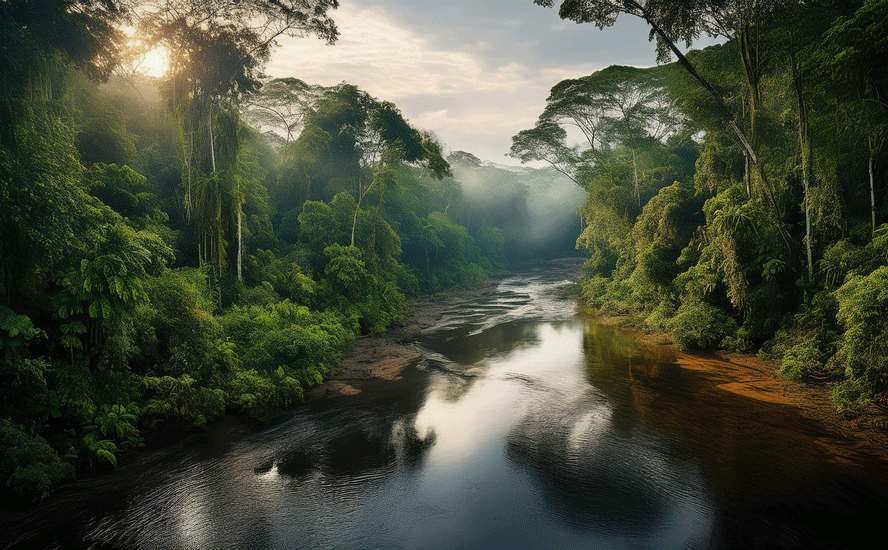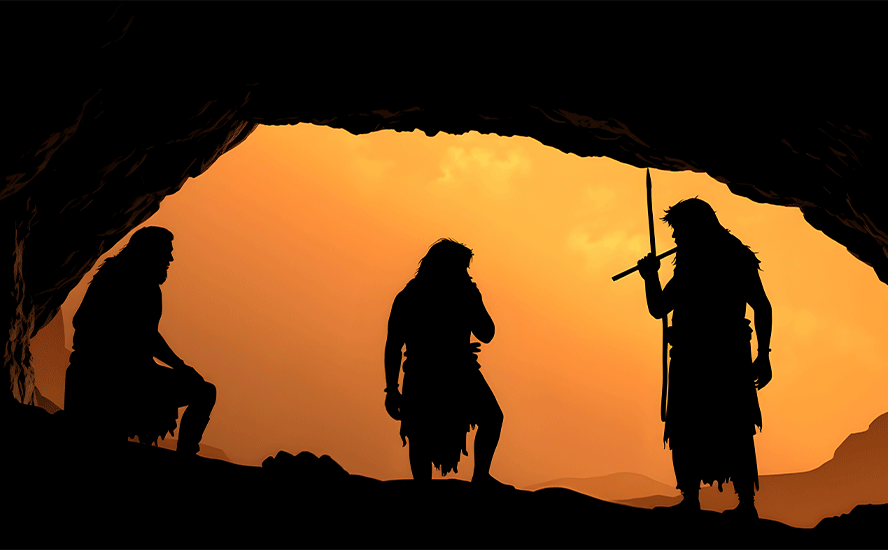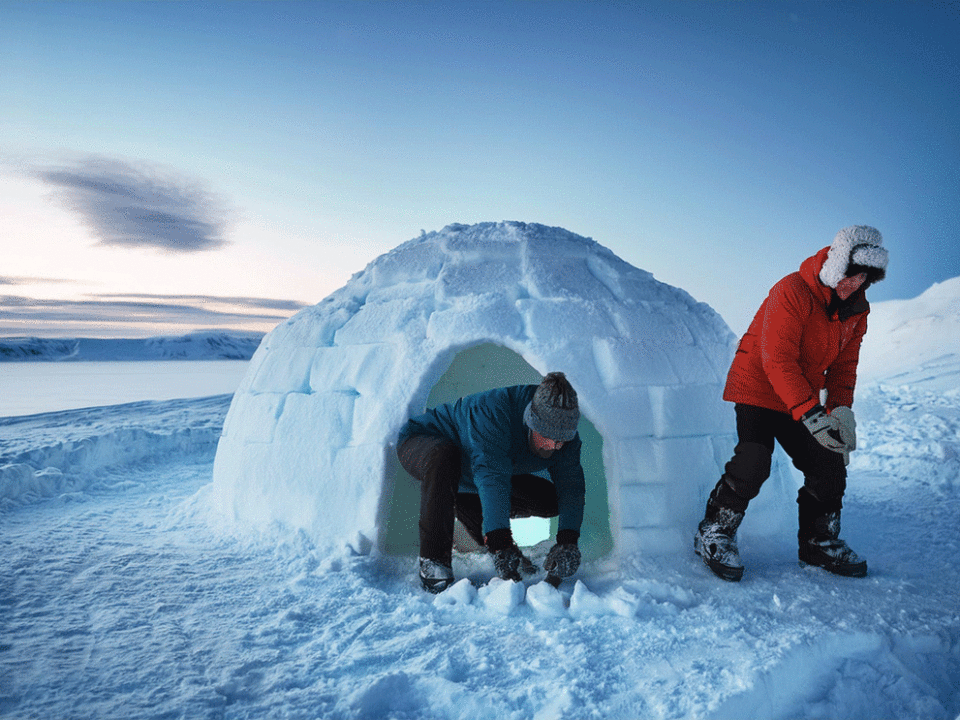Global trade routes are shifting Part I – Richard Mills
2024.12.21
Who trades what along which routes has been an important part of economic history. For eons, trade routes were part of globalization which, with its free movement of goods, money and information, most economists still see as the key to growth and prosperity.
Yet, in ‘The end of globalization: the forecast calls for pain’, we wrote that we have seen a resurgence of economic nationalism, which economist and Nobel laureate Joseph Stieglitz blames on large segments of the populations of many advanced countries including the United States not doing very well lately.
The right-leaning Cato Institute concurs that The stubbornly persistent pandemic, events in Ukraine, and simmering U.S.-China tensions have led numerous commentators — and not just the usual skeptics — to boldly proclaim that we’re entering a new era of “deglobalization.”
Factories are reshoring, economies are decoupling, and everyone has given up on “free trade.” Influential investors are now openly wondering, as the New York Times reports ominously, whether we’re seeing the “End of Globalization.”
Trade routes – a short history
According to ‘Technological Advances in World Trade Routes’ by Storymaps, there have been four main trade routes from Europe to Asia: the Horn of Africa, the Northwest Passage, the Suez Canal and the Panama Canal. The article though has one glaring omission, and that is the Silk Road, which has been re-imagined by China as the New Silk Road, more commonly known as the Belt and Road Initiative (BRI). Let’s start with that

Silk Road
The “Silk Road” refers to the ancient network of trading routes between China and Europe, which served as both a conduit for the movement of goods, and an exchange of ideas for centuries.
The silk routes connected China, India, Tibet, the Persian Empire, the Mediterranean countries and parts of North and East Africa. The 7,000-mile Silk Road began at the Chinese city of X’an. When it reached Dunhuang the Silk Road split into three routes – the Southern Route, Central Route and Northern Route. These trade routes spread throughout the Xinjiang Uygur Autonomous Region, and extended as far as Pakistan, India and even Rome.

The Silk Road routes were established during the Han Dynasty, which opened trade to the West in 130 BC, and they lasted until 1453 AD, when the Ottoman Empire boycotted trade with China and closed them. The Han extended the Great Wall of China to protect the movement of Chinese goods along the Silk Road.
The Maritime Silk Road was a network of shipping lines from the Red Sea to East Africa, India, China, and Southeast Asia. The network consisted of ship routes in two general directions: the East China Sea and the South China Sea.
The East China Sea routes connected the Chinese mainland to the northeast Asian regions of the Liaodong peninsula, the Korean peninsula, and the Japanese islands. The South China Sea route headed down, then up, through the Malacca Straits into the Bay of Bengal, opening up China to the coasts of the Indian Ocean, the Red Sea, the Persian Gulf and the African continent.
These shipping lanes are still in use.
Horn of Africa
The Horn of Africa seen on the maps below encompasses the Somali Peninsula, which is the large fourth largest peninsula in the world. The region, set along the southern boundary of the Red Sea, was the nexus for some of the earliest shipments of goods between Europe and Asia. Modern-day nations such as Djibouti, Eritrea, Ethiopia, and Somalia were part of this ancient trade corridor.
Storymaps notes that Early trade routes started through the Horn of Africa during the 1st and 7th Century AD. It was noted that Somalia was an important link in the Horn of Africa in connecting different regions in commerce with the rest of the ancient world. It was through these trading posts that Somali merchants and traders would sell items like frankincense, myrrh, and spices.


Storymaps comments it was because of trade routes like the Maritime Indian Ocean Route, and the Cape Horn Route (mapped below) that the world was able to advance; countries gained resources that were not accessible to them in their locations.
This further led to the opening of safer and faster routes that were discovered such as the Suez and Panama canals. This advancement meant higher efficiency as merchants and traders were able to get more resources at a faster rate.


Northwest Passage
A western sea route to Asia became the purpose of Christopher Columbus’s voyage to the New World in 1492. Columbus set out with three ships from southern Spain hoping to bring back valuable spices and silks to Europe. Instead, he found the New World, which led to the exploration and colonization of North and South America.

A few years later, English explorer John Cabot left the port of Bristol with a similar intention: to find a short cut to Asian trade that did not involve a lengthy voyage around the southern tip of Africa. But instead of catching the trade winds to the Caribbean, like Columbus, Cabot took a northerly route, aiming to find the Northwest Passage, a body of water thought to connect the Atlantic and Pacific Oceans.
He successfully landed in Newfoundland, Canada, and mapped the coast, which he mistakenly thought was Asia. According to History.com, Cabot returned in 1498 with five ships and over 200 men, for a second attempt at reaching the Asian continent. They were never seen again.
“Discovery of North America, by John and Sebastian Cabot” drawn by A.S. Warren for Ballou’s Pictorial Drawing-Room Companion, April 7, 1855. From Charles de Volpi, Newfoundland: A pictorial Record (Sherbrooke, Quebec: Longman Canada Limited, ©1972)

Of course, the real Northwest Passage is the sea lane between the Atlantic and Pacific oceans through the Arctic Ocean, along the northern coast of North America via waterways through Canada’s Arctic Archipelago. Where early explorers hoped to find open ocean, they instead found the ice-shrouded North Pole.
The ill-fated expedition of John Franklin is the stuff of exploration lore. Franklin set out with 128 men on the HMS Erebus and the aptly named HMS Terror in 1845. According to Storymaps, there is speculation that the discovery of the Northwest Passage was made on foot before the 128 crew members perished, given that debris has been discovered all along the route they had been looking for. Inuit tribes described finding evidence of cannibalism among the last survivors.
The discovery of the Northwest Passage is officially credited to Robert McClure, who in 1854 while on an expedition to find the lost Franklin ships, traversed the passage by ship and over ice. The passage would not be sailed until 1906 when the Norwegian explorer Roald Amundsen landed on the shores of Alaska. (History.com Editors, 2018)

The route lay dormant for decades — useless to navigation due to the constantly encroaching sea ice, but global warming has made journeys possible especially in the summer during low ice cover. When the container ship ‘Ever Given’ blocked other ships from crossing through the Suez Canal, several were diverted through the Northwest Passage.

Suez Canal
The global economy experienced an economic boom in the mid-1800s, catalyzed by the industrial revolution. The demand for resources and luxury items reached an all-time high, causing a significant boost to maritime trade. Because of technology improvements in ships — the first successful steam-powered vessel was built in 1802 — bottlenecks in the global supply chain developed amid the great distances ships had to sail. A shortcut was needed to increase efficiency.
A 120-km canal that would connect the Mediterranean and the Red Sea seemed like the most viable option; it would cut the number of sailing days from 24, via the Cape of Good Hope, to 10, through the Suez Canal, for a time savings of 43%.

An interesting anecdote: The idea for a Suez Canal dates back to 500 BC, when the Persian conqueror of Egypt, Darius, started digging but later stopped. He was told the Red Sea was higher than the Mediterranean and would therefore cause massive flooding.
The idea was given new life in 1958 by Ferdinand Lessaps, who theorized that the difference in sea level would not be so much as to cause flooding. The Suez Canal Company was formed in 1858, with construction starting in 1859 and lasting 10 years. Storymaps notes construction was done mostly by slaves either digging by hand or with steam shovels. The canal cost the Suez Canal Company 16,631,953 Egyptian pounds in debt, which the company had 99 years to pay back to England. The first canal to open only allowed traffic in one direction.

During its first year of operation, 485 ships passed through, with more throughput added due to dredging, width expansion and the addition of lighting, which permitted a 24-hours-a-day operation.
Since its opening, Storymaps notes there have been only two major downturns in international trade, both happening during the two world wars. The Suez Canal closed for eight years following the Six-Day War of June 5-10, 1967. After Israel’s victory in the conflict, the Egyptian government sunk ships at the entrances to the canal and scattered mines throughout, ensuring that Israeli ships and other ships couldn’t pass through.
The re-opening in June 1975 led to a blossoming of maritime trade. According to Navigation Statistics, in 2020 the Suez Canal reported record revenues of USD$5.4 billion, with 18,500 vessels passing through laden with 1.2 billion tonnes of cargo. It now accounts for 12% of global trade.

Panama Canal
In 1903, Colombia granted the United States construction permits to build the Panama Canal through the isthmus of Panama to connect the Atlantic and Pacific Oceans. According to History.com, the canal would allow for larger ships to transport goods in a shorter time and distance. Sailing from one coast of North America to the other coast previously required the ship to travel around the southern tip of South America.

History.com reports the project, led by Chief Engineer John Wallace, was at the time the most expensive construction project the US had ever undertaken and one of the most difficult. Problems included poor French equipment and mosquito-borne diseases.
The Panama Canal was officially opened on Aug. 15, 1914. It is now more than 200 km long and sees over 200,000 crossings annually. The canal connects nearly 2,000 ports in 170 countries and facilitated more than 14,000 transits in 2023. (World Economic Forum)
On Dec. 31, 1999, the United States handed over control of the canal to Panama. Under the Panama Canal Authority, the canal was represented by better management and started making long-term investments. To keep up with the growing size of container ships and bulk vessels, the canal underwent an expansion. Capacity almost doubled and the average size of container ships increased by 28%. Larger ships pay higher tolls based on the ship’s type, tonnage and payload.
The table below shows the amount of tonnage and tolls increasing steadily from 2010 to 2020.

Research by Storymaps indicates over 10% of US exports and imports travel through the Panama Canal, and that the canal generates an income to Panama from tolls of about $2 billion a year on average.
The U.S. is the largest user of the Panama Canal, with total U.S. commodity export and import containers representing about 73% of Panama Canal traffic, and 40% of all U.S. container traffic traveling through the Panama Canal every year. In all, roughly $270 billion in cargo is handled annually.

English Channel
No discussion of current and former trade routes would be complete without mention of the English Channel, the busiest shipping lane in the world. The World Economic Forum reports over 500 vessels cross the channel every day to get from the North Sea to the Atlantic Ocean and from the United Kingdom to Europe, and vice versa. Major ports include Portsmouth, Le Havre, Cherbourg and Brest.

Malacca Strait
The Malacca Strait runs between the Indian and Pacific oceans. Located between Sumatra Island in Indonesia and the Malay Peninsula, the strait extends from the Andaman Sea through the Strait of Singapore to the South China Sea, and connects many of Asia’s major economies, including Japan, Taiwan, South Korea and India.
Around 94,000 ships pass through the Malacca Strait every year or use its more than 40 ports. Together, the ships carry around 30% of all traded goods globally. (World Economic Forum)

Hormuz Strait
Wedged between Iran and Oman, the Hormuz Strait links the Persian Gulf with the Gulf of Oman and the Arabian Sea. As the main shipping route for oil from the Middle East, the strait sees a fifth of the world’s oil consumption passing through it daily – around 21 million barrels. It also carries 20% of global liquefied natural gas (LNG) every year.
To help manage capacity and avoid collisions, the strait operates a two-lane traffic system, in which inbound vessels use one lane and outbound vessels use the other. (World Economic Forum)


Richard (Rick) Mills
aheadoftheherd.com
subscribe to my free newsletter
Legal Notice / Disclaimer
Ahead of the Herd newsletter, aheadoftheherd.com, hereafter known as AOTH.Please read the entire Disclaimer carefully before you use this website or read the newsletter. If you do not agree to all the AOTH/Richard Mills Disclaimer, do not access/read this website/newsletter/article, or any of its pages. By reading/using this AOTH/Richard Mills website/newsletter/article, and whether you actually read this Disclaimer, you are deemed to have accepted it.
Share Your Insights and Join the Conversation!
When participating in the comments section, please be considerate and respectful to others. Share your insights and opinions thoughtfully, avoiding personal attacks or offensive language. Strive to provide accurate and reliable information by double-checking facts before posting. Constructive discussions help everyone learn and make better decisions. Thank you for contributing positively to our community!




























#trade #TradeRoutes #HormuzStrait #PanamaCanal #SuezCanal #NorthwestPassage #SilkRoad
I congratulate, it seems brilliant idea to me is